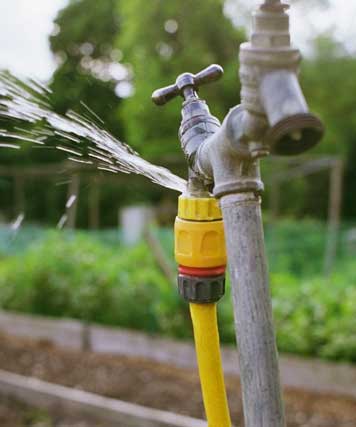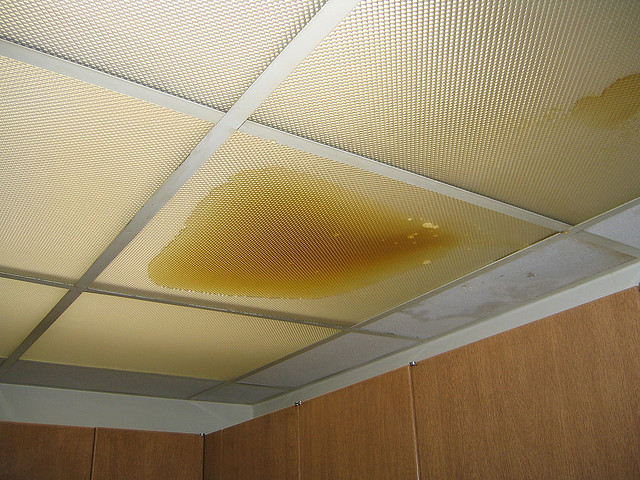How do you really feel in relation to Finding hidden leaks?

The moment you discover a leak, calling your plumber for repair work is the very best solution. However, some tiny water leaks may not be visible. Below are some hacks that assist if you can not detect it with your nude eyes.
Early detection of dripping water lines can reduce a potential calamity. In addition to saving you cash, it will reduce the irritation and stress.
Check Water Usage
Assess your water bills as well as track your water usage. As the one paying it, you need to discover if there are any kind of inconsistencies. If you find sudden changes, in spite of your consumption being the same, it means that you have leaks in your plumbing system. Remember, your water bill need to drop under the exact same variety each month. An unexpected spike in your expense suggests a fast-moving leak.
Meanwhile, a constant increase each month, despite having the same practices, shows you have a sluggish leakage that's also slowly intensifying. Call a plumber to thoroughly check your property, particularly if you feel a warm location on your flooring with piping beneath.
Assess the circumstance and inspect
Homeowners should make it a behavior to inspect under the sink counters and also also inside cupboards for any bad odor or mold development. These two warnings indicate a leak so prompt focus is required. Doing regular inspections, even bi-annually, can conserve you from a significant problem.
Examine the Water Meter
Every residence has a water meter. Checking it is a surefire manner in which aids you find leakages. For beginners, turn off all the water sources. Ensure no person will certainly flush, utilize the faucet, shower, run the washing device or dishwasher. From there, go to the meter and watch if it will certainly alter. Since no one is using it, there must be no motions. If it moves, that shows a fast-moving leak. If you identify no adjustments, wait an hour or 2 and check back again. This suggests you may have a sluggish leakage that can even be underground.
Asses Exterior Lines
Don't neglect to check your outdoor water lines as well. Needs to water seep out of the connection, you have a loose rubber gasket. One little leakage can waste tons of water and spike your water bill.
Do a Food Coloring Test
When it comes to water usage, 30% comes from commodes. If the color in some way infiltrates your bowl throughout that time without flushing, there's a leakage between the container and dish.
Check for discolorations and weakening as many appliances and pipes have a life span. If you believe dripping water lines in your plumbing system, don't wait for it to escalate.
The moment you find a leak, calling your plumber for repairs is the best solution. Some small water leakages might not be visible. Checking it is a surefire way that aids you uncover leakages. One tiny leakage can lose heaps of water as well as spike your water costs.
If you presume leaking water lines in your plumbing system, do not wait for it to intensify.
How to Know If Your Home Has a Hidden Leak
Water Meter Reveals Inexplicable Water Usage
If you’d like to test whether or not there’s a leak somewhere in your home, you can do this using your water meter. Here is how to conduct the test:
Don’t use any water in your home for at least 30 minutes; this also means not turning on faucets or water-using appliances.
Go outside, and check your water meter for activity.
If your water meter shows that there was activity, even though no one was using any water, this proves that there is a leak in your home.Visible Mold or Mildew Growth
Leaks behind walls create moist, dark environments that allow mold and mildew to grow and thrive. Eventually, you might see mold growth forming on the wall closest to a hidden leak.
If mold is growing in an area that receives a high amount of moisture, such as a bathroom, it may simply be an indication that better ventilation is needed. However, if you see mold growth on a wall or the ceiling in an area where you would not expect, you probably have a hidden leak.
Musty, Mildew Odor
Sometimes you might not be able to see the mold or mildew that is growing as a result of a leak. However, the smell can give the problem away just as easily. If you catch a whiff of something musty, there’s a good chance that old water is collecting somewhere in your home that you can’t see.
Stained/Warped Walls, Ceilings, or Floors
When your home soaks up water, a variety of red flags can become visible, including ceiling stains, bubbling drywall, warped walls, and sagging floors. While these issues can be caused by excess humidity, they can also be signs that a pipe or plumbing connection has started leaking behind your walls.
Inexplicably High Water Bill
After a while, you get a general sense for what your water bill should be. If you own a pool or sprinkler system, your bill will tend to be higher during summer. However, if you receive a water bill that seems especially high, and you can’t figure out what caused it, then you may have a hidden leak somewhere that’s increasing your bill.
https://www.plumbingjoint.com/blog/2019/july/how-to-know-if-your-home-has-a-hidden-leak/

Hopefully you enjoyed reading our section on Top leak detection hacks. Thanks so much for finding the time to read through our blog. Are you aware of anybody else who is interested in the topic? Feel free to promote it. Many thanks for taking the time to read it.
Best choice? Ring us!